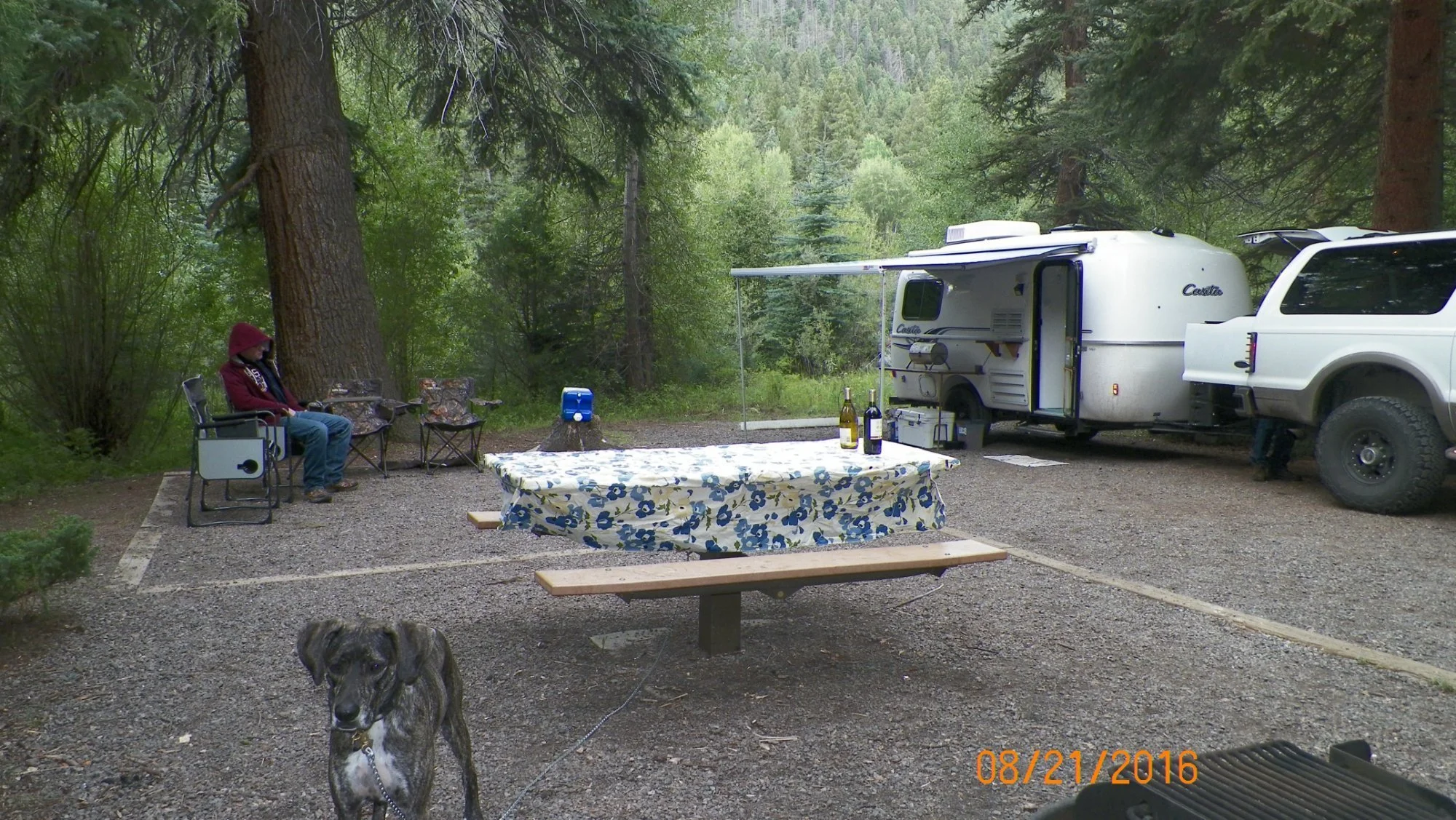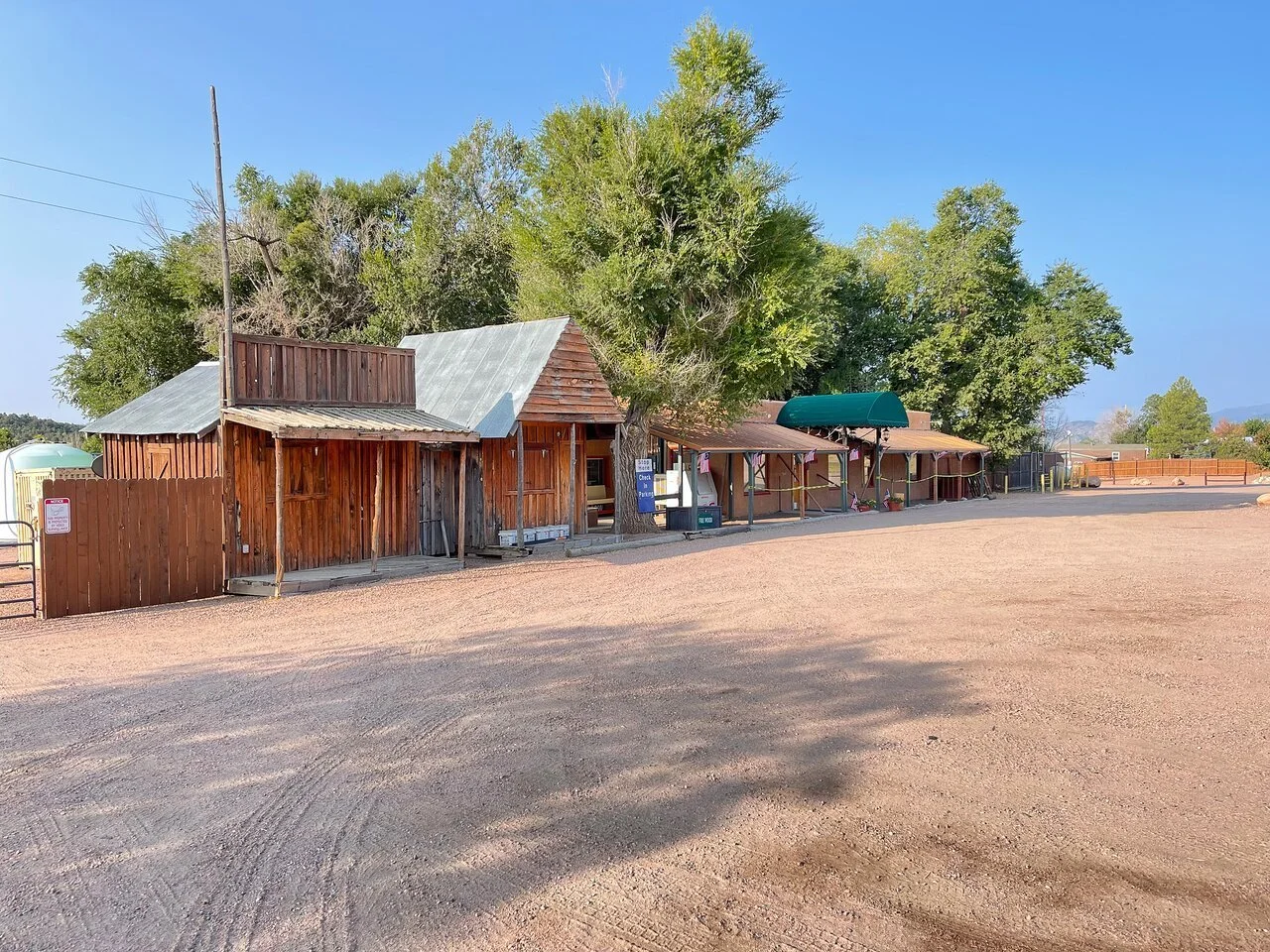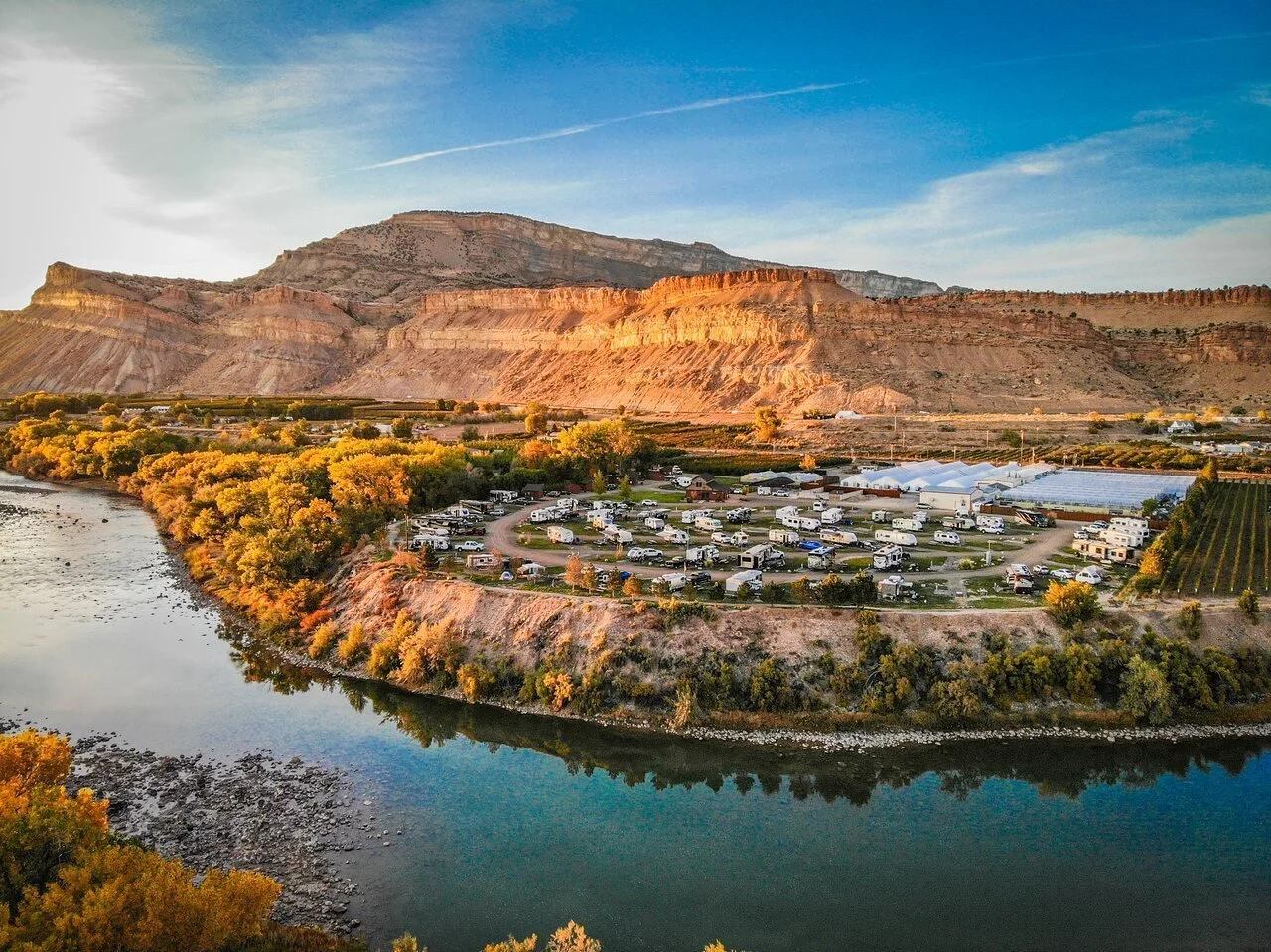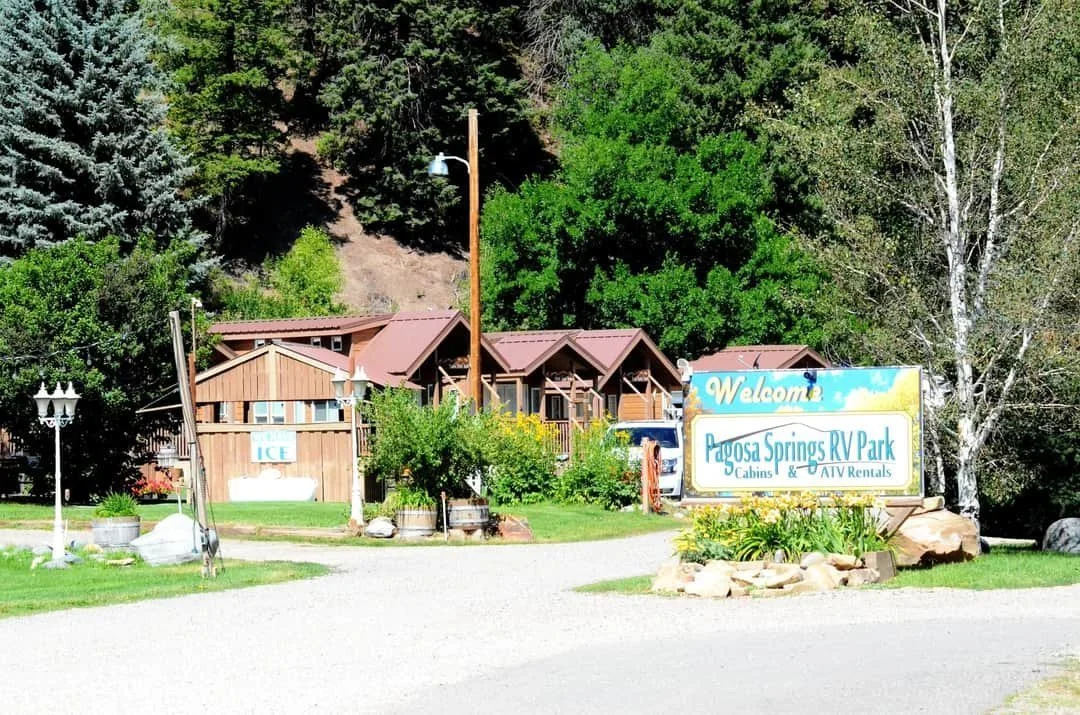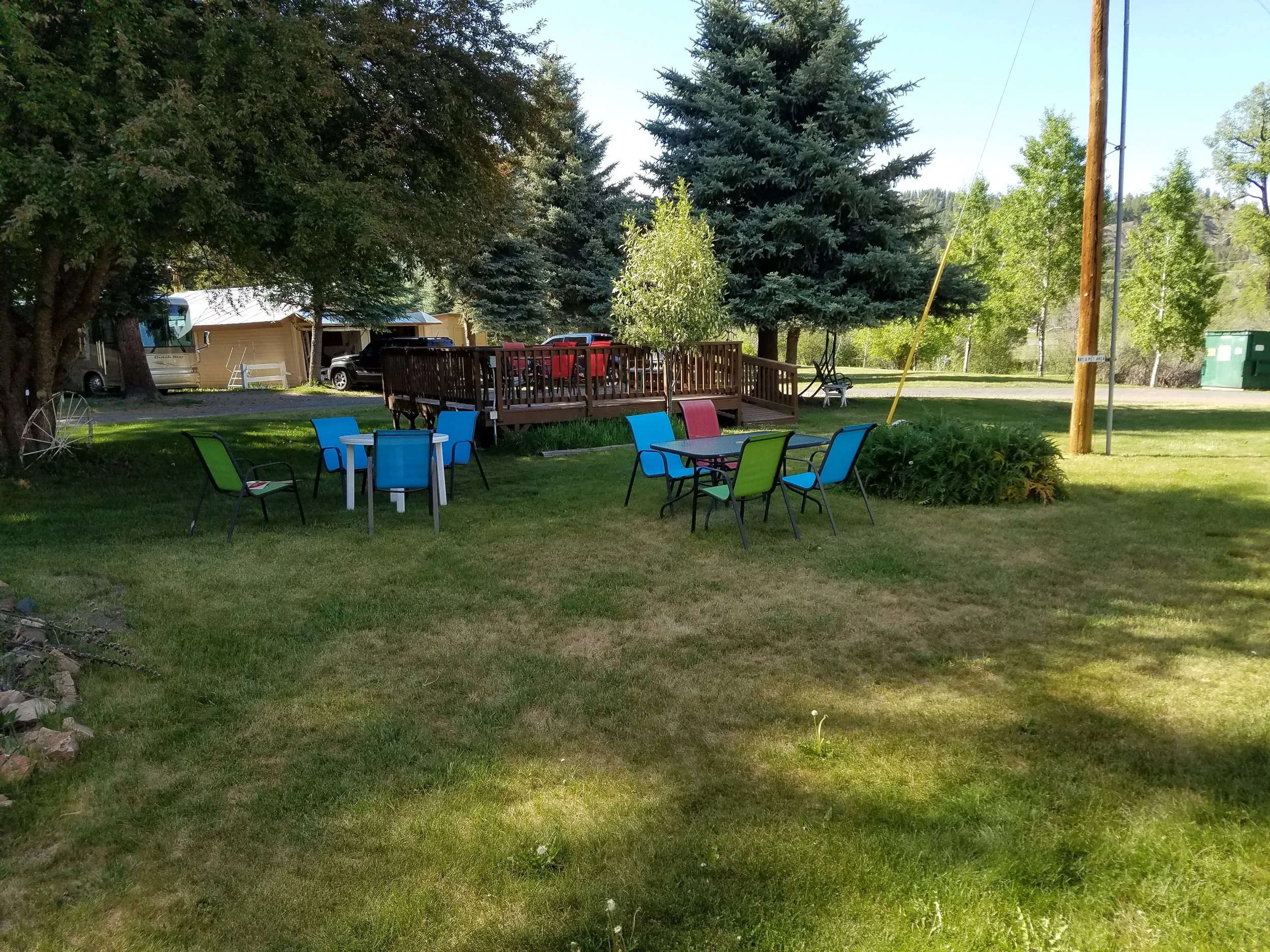Stretching across an impressive 2 million acres, the Rio Grande National Forest stands as a testament to nature's diversity, taking its name from the legendary waterway that winds through its terrain. This vast wilderness showcases an incredible variety of landscapes, from thick forest canopies and towering peaks to arid high desert zones. Visitors flock to iconic attractions like the Silver Thread Scenic Byway, renowned for its breathtaking vistas, and the Wheeler Geologic Area, where adventurous hikers can explore fascinating ancient rock formations. The forest serves as a playground for outdoor enthusiasts, offering everything from world-class hiking trails and premier fishing spots to heart-pumping rafting adventures, challenging rock climbing routes, and extensive OHV trails. Winter transforms the landscape into a snow sports paradise. With 33 strategically placed campgrounds housing approximately 651 individual sites, campers can find their perfect basecamp, with most locations offering essential amenities like clean drinking water and vault toilet facilities.
Camping Near Rio Grande National Forest
Immerse in the awe-inspiring majesty of ancient peaks, whispering rivers, and starry nights - Embark on an unforgettable journey.
CampChimp is better in the app
Find Available Camping
The 5 best campgrounds near Rio Grande National Forest, CO
-

Rio Grande National Forest
 Monte Vista, CO
Monte Vista, CO


Nestled along the banks of the Rio Grande River this scenic campground offers stunning mountain views and easy access to hiking trails within the national forest. Enjoy peaceful nights under a canopy of stars in this natural oasis.
-

Conejos River Campground
 Antonito, CO
Antonito, CO


Nestled in the heart of the San Juan Mountains this serene campground offers stunning views of Conejos Peak and the surrounding alpine meadows. With ample shade and easy access to hiking trails it's a perfect basecamp for outdoor adventures.
-

Clear Creek Reservoir
 Buena Vista, CO
Buena Vista, CO


Clear Creek Reservoir Campground is a serene oasis tucked away in the heart of the Rio Grande National Forest offering stunning views of the reservoir and surrounding peaks.
-

Molas Lake Campground
 Silverton, CO
Silverton, CO


Nestled in the breathtaking San Juan Mountains Molas Lake Campground offers stunning views of the sparkling alpine lake and majestic peaks. Enjoy hiking trails fishing and peaceful seclusion in this picturesque setting.
-

Morefield Campground
 Mesa Verde National Park, CO
Mesa Verde National Park, CO


Nestled in the heart of the San Juan Mountains Lakeview Campground offers stunning views of the pristine Rio Grande River and the towering peaks that surround it. With its serene setting and easy access to hiking trails this campground is a true gem for nature lovers.
The 5 hardest-to-book campgrounds near Rio Grande National Forest, CO
The 5 best campgrounds for RV camping near Rio Grande National Forest, CO
The 5 best campgrounds for tent camping near Rio Grande National Forest, CO
The best camping near Rio Grande National Forest guide
About
- Best for rafters: Water enthusiasts will find their paradise at Palisade Campground, featuring immediate river access to the Rio Grande's flowing waters.
- Best for nature photographers: Perched high in the mountainous terrain, Zapata Falls Campground rewards visitors with spectacular panoramic vistas of the surrounding wilderness.
- Best for rock climbers: Adventure seekers will discover their haven at Penitente Canyon Campground, where approximately 300 diverse sport-climbing routes await just steps from your tent.
- Most camping areas within the forest operate under a first-come, first-served system. Your best strategy is to arrive during late morning hours when previous campers are departing, maximizing your chances of securing an ideal spot.
- A select group of eight campgrounds offers advance reservations. These coveted spots become available precisely at 8am Mountain Time, with a six-month booking window. For specialized accommodations like cabins or highly sought-after locations, position yourself to book online the moment reservations open.
- Increase your chances of finding available sites by targeting more remote campgrounds. Those situated near urban areas typically reach capacity much more quickly.
- For optimal site selection, consider planning your visit during weekdays. While summer weekends often see peak attendance, arriving on Wednesday or Thursday typically provides more abundant options and a quieter experience.
While your ideal timing depends on preferred activities, peak visitation occurs during summer months when school's out in Colorado. For those seeking pleasant conditions with fewer fellow campers, May and September offer excellent alternatives. Anglers can enjoy prime fishing from June through October, though winter's frozen lakes attract dedicated ice fishing enthusiasts. The colder months transform the forest into a winter recreation destination, perfect for activities ranging from casual sledding to extensive snowmobile expeditions, cross-country skiing adventures, and snowshoe exploration.
- Essential preparation includes downloading area maps for offline use, as cellular coverage and internet connectivity can be unreliable beyond urban boundaries.
- In Colorado, wildfire concerns typically peak from late spring through early fall. Always verify current conditions, closures, and fire restrictions on the forest's official website before departing.
- While four-legged companions are welcome throughout the forest, regulations require leashing within designated campgrounds and demonstrated voice control when exploring trails.
- Weather conditions can change rapidly - monitor forecasts for snow-related road closures and avalanche risks. Always travel prepared with tire chains during seasons when winter storms might occur.


